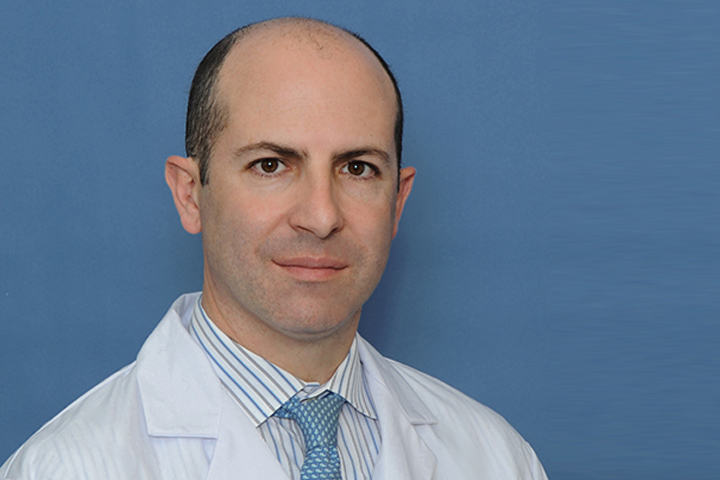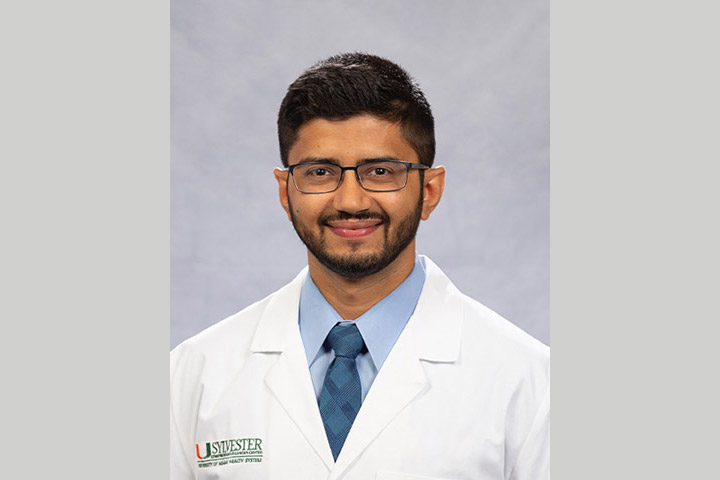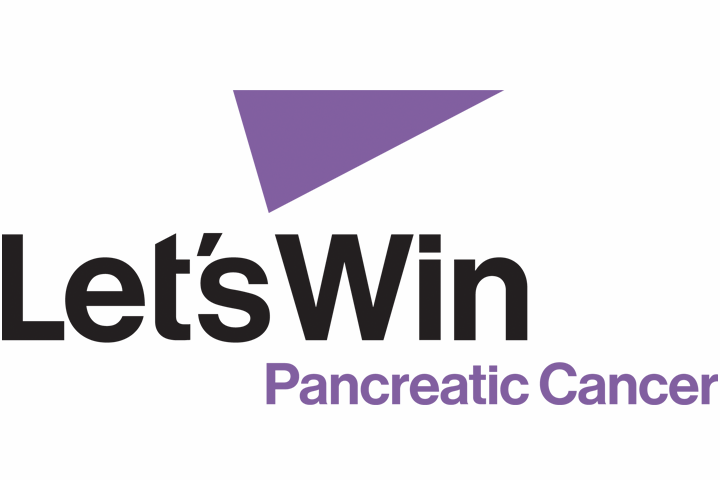Access and Disparities in Pancreatic Cancer Surgery Remain Pervasive Problems

Susan Tsai, M.D., M.H.S, will be the first to admit she doesn’t have all the answers as to how disparities in pancreatic cancer care can be fixed.
In fact, she’s not quite sure if she has any of the answers. But there is one thing she’s sure of: The universe keeps sending you the same problem until you master it, she believes. And it’s beyond time for a concerted effort to change what data show in terms of healthcare disparities.
In a presentation at the most recent ASCO GI meeting, held this year, Tsai, a professor in the Division of Surgical Oncology and the Director of the LaBahn Pancreatic Cancer Program at the Medical College of Wisconsin (Milwaukee), spoke about “Persisting disparities in pancreatic cancer care.” For example, although disparities in access to potentially curative pancreatic cancer surgery were first described in the literature more than a decade ago, even in 2022 the statistics continue to demonstrate a persistent gap in the rates of surgery among patients who are white versus non-white, by socioeconomic status, insurance status, and geographic location. Black patients were still less likely to be referred to surgeons. And once referred for surgery, they were still less likely to have resections.
The disparities are intersectional. “The question always is what are these hypothetical barriers,” says Tsai. “We’ve described physician bias, from a referring doctor or the surgeon in terms of offering potentially curative surgery. There’s also the issue of mistrust of the medical community based on historical racial exploitation, abuse, or marginalization, and then there’s also a lack of access to high-volume centers that have the experience to care for patients with pancreatic cancer. The data further show that centers that had fewer than one pancreatic resection per year had a mortality rate of more than 16%, while high-volume centers with more than 16 cases per year had a mortality rate of 3.8%.
“Managing patients after surgery is very complex,” Tsai adds, noting that the surgery itself is associated with a 30% morbidity rate. The difference in outcomes can be due, in part, to high-volume surgeons having more expertise with these types of cases, as well as the institution’s ability to properly care for and treat patients who may be in significant jeopardy.
However, there is a trade-off to recommending care at only high-volume institutions.
“We could inadvertently shift the burden to patients,” she explains. “And patients who may lack the resources to travel or who are dependent on others for their travel needs may not be able to get to a high-volume center easily. They may not be able to take time off from work or home. Plus, travel costs money. And this can be especially difficult for those on fixed incomes like the elderly or some people in underserved, minority communities.”
Tsai believes this may be very important, as hospital systems are under increased pressure to optimize lengths of stay. “When I was in training the average stay was about 10 to 14 days after a pancreatectomy,” she says. “It’s about half of that now, so that means there’s a lot less time for patient education and perioperative care. Most of that has shifted to outpatient settings. And that means a lot more trips to the provider that can be extraordinarily difficult for some people.”
Not Surgery-Specific
Many of the challenges are not specific to surgery but extend to other aspects of multimodality care. For example, a recent study looked at the delivery of neoadjuvant therapy to various populations. There were some differences in terms of delivery of this form of therapy based on race. But the researchers also found an inverse relationship between distance traveled to a facility that delivered neoadjuvant treatment and the receipt of it. The crux: Patients were less likely to receive therapy if they had to travel significant distances.
“If you consider that patients often require an extended course of chemotherapy, sometimes radiation, plus supportive care, this really isn’t surprising,” Tsai explains.
Additionally, the effect of socioeconomic disadvantage on patients completing neoadjuvant therapy and surgery and adjuvant therapy was also reviewed. An area deprivation index, which is a measure of neighborhood-level disadvantage, can be generated by linking zip codes to census data. When looking at receipt of adjuvant therapy following neoadjuvant treatment and surgery, researchers found that patients who were in the highly disadvantaged cohort were less likely to receive any additional therapy following surgery.
No Single Answer
Although the Affordable Care Act has improved access to care, there still needs to be a concerted effort to increase representation in cancer research, too. Although the FDA requires reporting of race and ethnicity in clinical trials and the NIH mandates race reporting in NIH-funded research, industry-funded trials don’t have those same requirements. In her presentation, Tsai highlighted several other trials looking at race, ethnicity, and outcomes. One such study looked at individuals enrolled in clinical trials. Analysis showed an increasing risk of death with increasing socioeconomic deprivation. The patients were mostly older, male, and Black, and they were either Medicaid patients or had no primary insurance.
“Basically, what a lot of the studies showed is that what we call guideline-based care isn’t doing enough to alleviate disparities,” Tsai says. “Existing systems perpetuate disparities. And that’s very bad for patients and for the future of precision medicine. About 90% of genomic data is from those of European ancestry, so we aren’t getting to the basic biology of racial subgroups.”
Plus, the issue of structural racism can’t be ignored, and encompassing issues of poverty and access need to be overcome. “We are making incredible strides in cancer and the technology is advancing rapidly, but there is a legitimate concern that all these advances are only going to be available in academic centers,” Tsai comments. “We need to actively work together to make sure that under-resourced populations aren’t left behind.”
Although centralization and standardization are important, those strategies aren’t sufficient to make a dent in disparities. “We need to engage communities authentically and develop new ways to bring care to patients,” she says. “That includes expanding diversity in medical education and building more trust between providers and patients.”
Although the issues seem somewhat insurmountable, Tsai is hopeful. And realistic. “I’m a surgeon and I know that recovering from pancreatic cancer surgery, or lots of other types of surgery, can be tough,” she says. “I know the most important thing I can do is to try to get to know my patients. I ask things today about home life and transportation and other things that maybe 10 years ago I wouldn’t ask. But that needs to go beyond the clinic visit. Hospitals and providers need to engage community members. We need to build relationships if we are going to get meaningful change in disparities and finally master these issues.”






